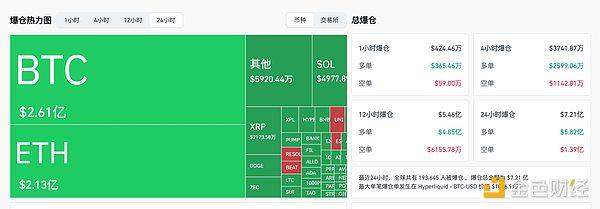
On November 14, DYDX announced that it would use 75% of its protocol revenue to buy back DYDX Token on the open market. This is XEM one of the highest buyback rates in DeFi history, far exceeding most revenue Chia models on the market today. Many independent analysts believe that this rate can absorb about 5% of the total DYDX supply each year, creating a significant supply squeeze and making DYDX one of the few Token "backed" by real revenue instead of just relying on expectations.
Proposal #313, which involves increasing the buyback rate from 25% to 75%, was passed by the community with 59.38% of votes in favor. This is an important milestone, showing that DYDX 's orientation is strongly shifting towards a model of creating sustainable value for holders, instead of growing by burning budget or inflating Token like many other projects. The new Token buyback plan will start to be implemented from March 2025, when protocol revenue is expected to continue to increase as demand for decentralized Derivative trading grows stronger.
Under the new revenue allocation mechanism, 75% is used to buy back DYDX directly from the market, then Stake it to create a beneficial cycle for the ecosystem. Instead of buying and holding passively, Stake helps increase rewards, maintain liquidation , and increase long-term attractiveness to investors.
In addition, DYDX also allocates 5% of its revenue to Treasury SubDAO – the department responsible for operations, governance, and strategic development coordination. This is an important factor in maintaining decentralization while ensuring operational efficiency, especially in the context of the subDAO model being considered by many protocols as a stepping stone for scalable governance.
Another 5% of the revenue is being injected into MegaVault, which is currently performing at a negative -16.7% per year. The injection of additional resources gives MegaVault more time to restructure its investment strategy and implement risk compensation mechanisms, rather than letting performance drag down the entire ecosystem. This demonstrates the project’s efforts to fix internal weaknesses rather than ignore them.








